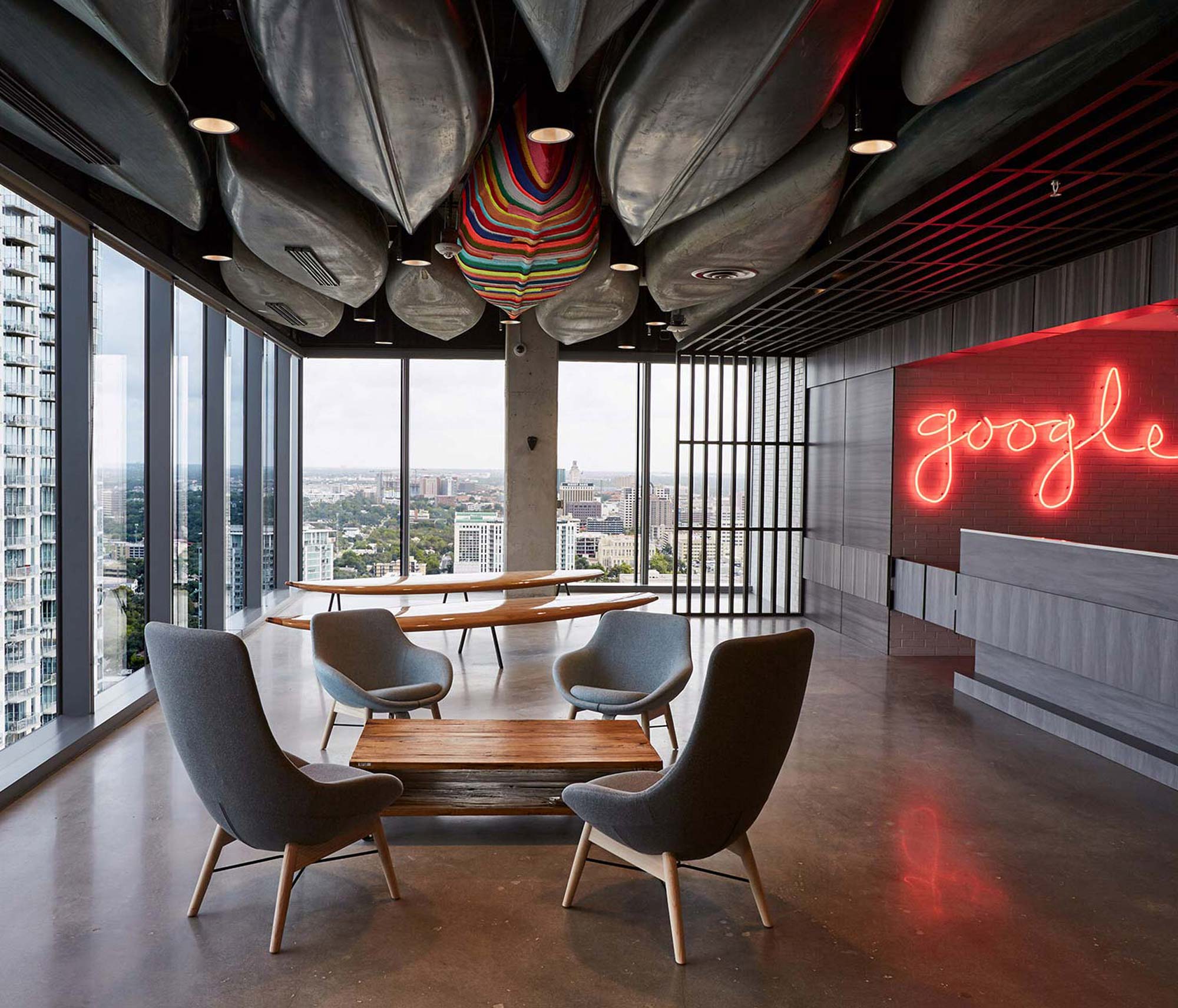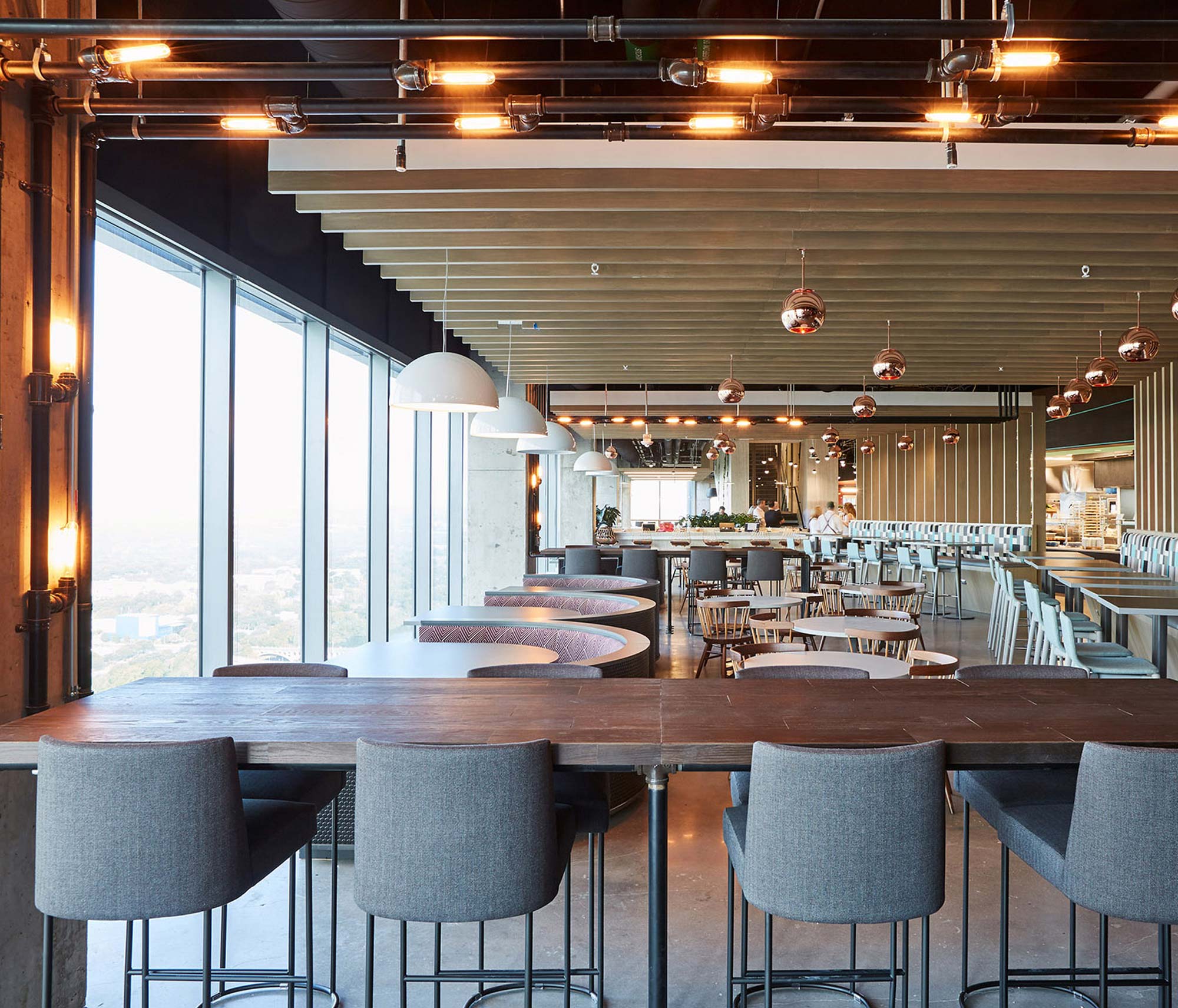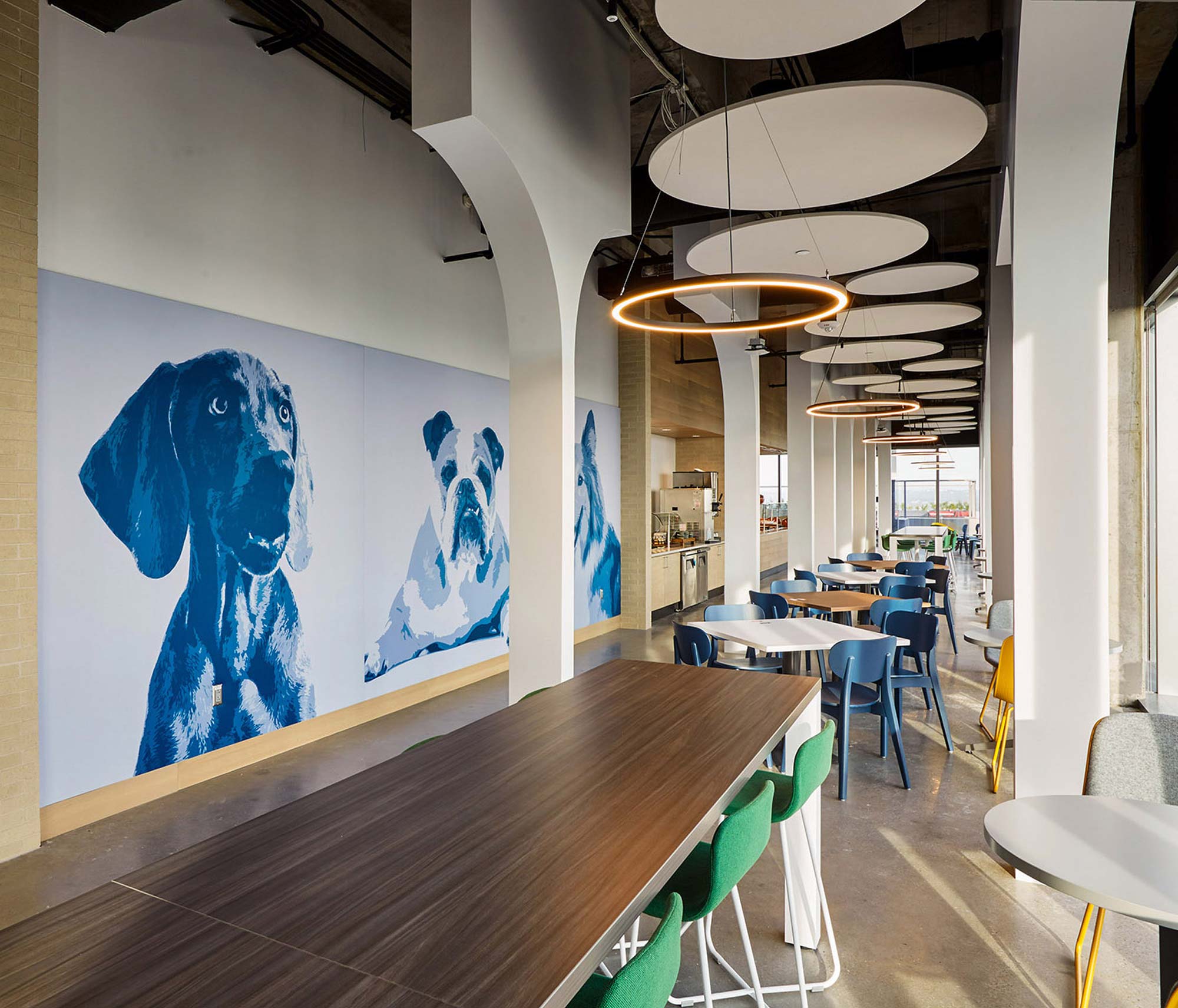Applying Biophilic Design to Your Space
Biophilia literally translated means, “a friendly feeling toward life.” And what better way to describe a design methodology that centers on improving the human experience? Through careful selection and integration of natural elements, we — all of us, designers or not — can enhance and improve upon the built environments where we spend many of our days.
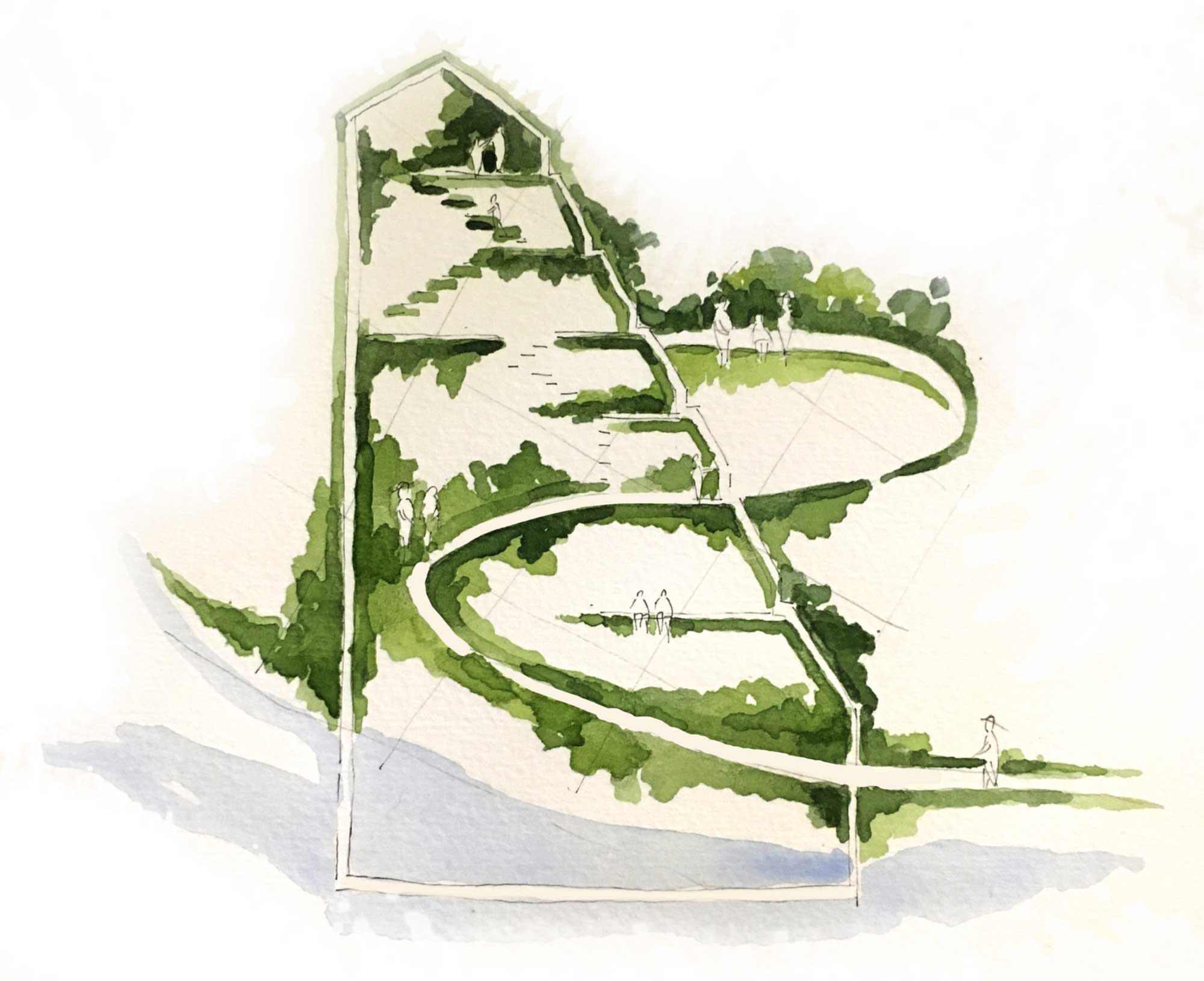
What is Biophilic Design?
Biophilic design is the pursuit of designing environments that connect users with nature. It’s a branch of sustainable design that elevates the natural elements of a place. Social ecology expert Stephen R. Kellert says: “Biophilic design is the deliberate attempt to translate an understanding of the inherent human affinity to affiliate with natural systems and processes into the design of the built environment.”
Along with striving to reduce negative impacts on the environment by minimizing the consumption of non-renewable resources and waste, sustainable design is also the pursuit of creating healthy, productive environments. Biophilic design is an experience-based method that supports an overall sustainable objective. It strives to maintain human communion with nature to enhance the experience and promote occupant health, happiness, and productivity.
How to Incorporate Biophilic Design:
Be it an intentionally sustainable undertaking or a standard reinvention of a space, decisions regarding materials, finishes, visual aesthetics, lighting, airflow, etc. are made on every project. By taking a moment to consider whether these decisions fit within a biophilic mold, biophilia can be achieved with little to no extra effort or investment.
Biophilic design elements can be anything that catalyzes a connection to nature — sensorial, psychological, or emotional. For example, finishes that are composed of natural materials or which reference nature in their patterns or textures. Evaluating biophilic patterns in the selection process does not assume any additional cost, simply a more thoughtful selection process.
14 Biophilic Patterns
Sustainability consulting and research firm, Terrapin Bright Green has identified 14 biophilic patterns, a list that is currently considered comprehensive:
Nature in Space
- Visual connection to nature
- Non-visual connection to nature
- Non-rhythmic sensory stimuli
- Thermal and airflow variability
- Presence of water
- Dynamic and diffuse light
- Connection with natural systems
Natural Analogues
- Biomorphic forms and patterns
- Material connection with nature
- Complexity and order
Nature of the Space
- Prospect
- Refuge
- Mystery
- Peril

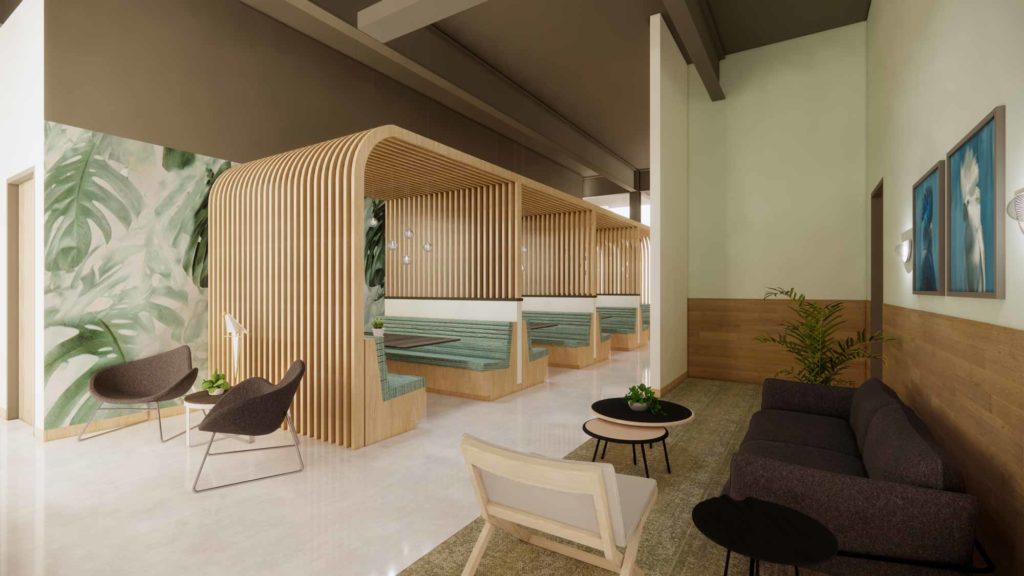
Bringing Biophilia Into Your Designs
Biophilic design is fundamentally within reach for every project.
Not every biophilic feature is cost-effective — for instance, an elaborate water feature or dynamic lighting component may require a significant financial investment. But the low hanging fruit when it comes to implementing biophilic design is plentiful! Regardless of the selection, material finishes will be specified for every project. Selecting a finish with biophilic qualities doesn’t cost extra — it is simply a decision to incorporate elements that will connect the user to nature. This intentionality can be applied across all 14 biophilic patterns.

Sign up for our newsletter to learn about the real-world benefits of user-centered design — and much more.
Positive Outcomes: Nourishing the Mind, Body, and Soul
While we don’t yet fully understand just how impactful a sustained connection with the natural world can be on our mind, body, and soul, our natural inclination for connection to nature is biological – an innate and essential quality of being human.
But researchers are working all the time to quantify the effects of biophilia. Stephen R Kellert, in his book Biophilic Design, writes, “Contact with nature has been found to enhance healing and recovery from illness and major surgical procedures, including direct contact (e.g., natural lighting, vegetation), as well as representational and symbolic depictions of nature (pictures).” He goes on to say, “People living in proximity to open spaces report fewer health and social problems, and this has been identified independent of rural and urban residence, level of education, and income. Even the presence of limited amounts of vegetation such as grass and a few trees has been correlated with enhanced coping and adaptive behavior.”
In other words, even the smallest reference or nod to the natural environment may benefit the human condition within a designed space. So as designers, we assume that a sustained connection with nature – for instance, if it functions as the backbone of building design – is innately positive. An intentional connection to nature in concert with other sustainable design measures like acoustic and activity zoning, intuitive wayfinding, and layered storytelling, creates an approachable and enjoyable environment.
Biophilia in Action
Google Gates: Holistic Sustainability
Biophilic design was central to Google Gates in Austin, TX, which drew inspiration directly from the natural systems that power Austin’s communities. Shapes, forms, and features found throughout the building directly reference those that enrich life in Central Texas.
Inhabiting a dynamic site in downtown Austin, Google was challenged with creating a truly local presence as a global firm. Austin’s culture and ecological character are unique, something Google recognized and hoped to celebrate. As discussions developed around honoring Google’s commitments to sustainability, championing employee well-being, and building an authentic, Austin-approved workplace environment, a biophilic design strategy emerged as the best way to ensure nothing was missed. In partnership with Cushing Terrell, Google embarked on what would eventually become the first biophilic design in Austin recognized by the International Living Futures Institute.
Since the building opened for occupants, team members have reported delight and contentment when working within the space. Many cited a shared favorite element, a central water feature supplied entirely by HVAC condensate that cascades through multiple floors creating a sense of calm and an opportunity for pause and rejuvenation. Read more about the project at living-future.org.
Our inherent need to associate with natural systems and processes is coded within our DNA. Biophilic design can truly enrich our daily lives. It’s rooted in science but manifests itself in a feeling. Fostering meaningful connections to nature is deeply significant to how we sustain ourselves as a species and effectively elevate health, performance, and the ability for all inhabitants to thrive.
Ashleigh Powell
Director of Sustainability, Cushing Terrell
Biophilia in Every Part of a Building’s Design
Biophilic design measures are optimized when they are collectively considered and strategized across all building structures and systems — architectural, interior design, mechanical, electrical, plumbing, landscape, among others, can all be influenced by and evaluated upon the biophilic patterns. Every biophilic element incorporated counts, but a process that layers biophilic patterns across sensory experiences — visual, auditory, olfactory, and haptic, and the means and mode of movement in, out, and through space — is most effective when implemented holistically. This may require input from a range of experts from across design disciplines, like those here at Cushing Terrell.
Our team has fully embraced a commitment to biophilic design, recognizing the importance of a positive experience in every design we deliver, answering our corporate vision: “To shape a new world using knowledge and creativity as a means to educate, enlighten, delight, and forever improve.” This manner of thinking has inspired us to develop programs centered on sustainability and biophilia with some of our most influential clients as we continue to encourage the constant discovery of new ways to make our built environments the best they can be.

Want to Know More? Let’s Talk!
Reach out to learn more about biophilic design and how to make it a central tenant of your next project.

